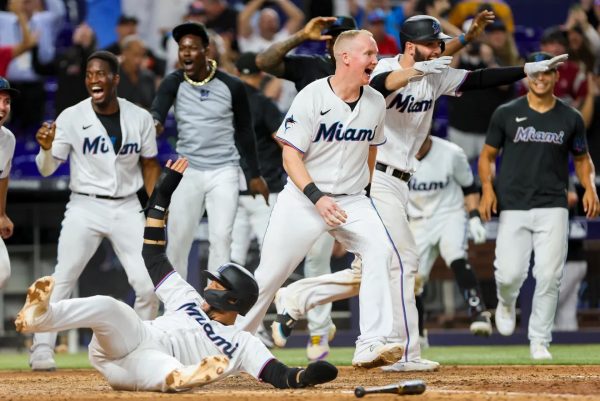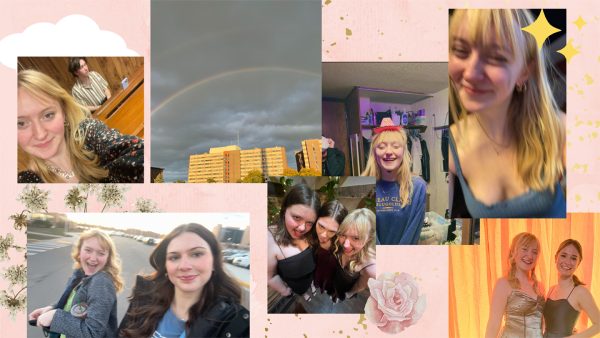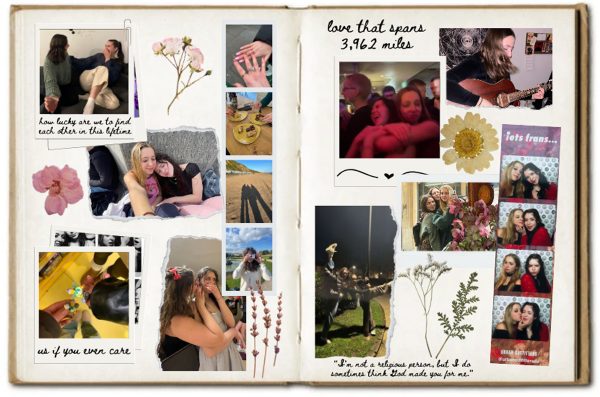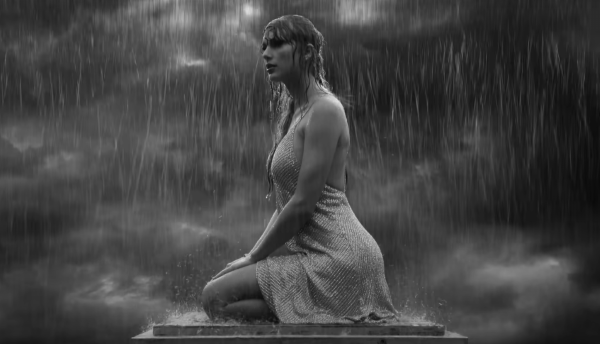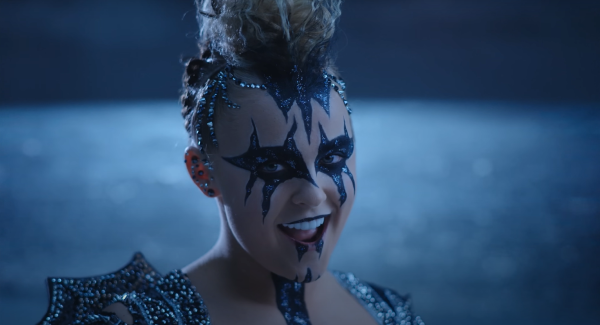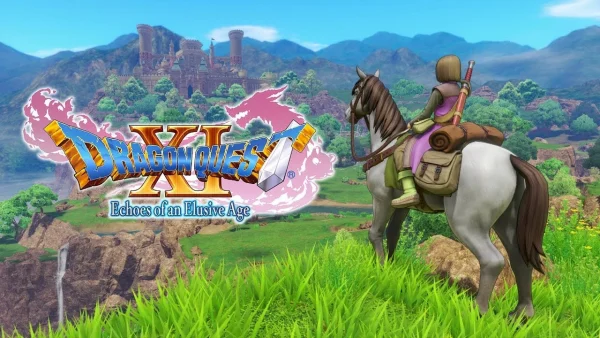A culture where ‘We don’t see color’ is anything but and minorities are paying the price
Students and faculty of color report discrimination, face constant backlash from campus community
More stories from Gabriel Lagarde
Many of us are painfully aware of the infamous Daily Show episode making the rounds in social media, clogging our feeds and igniting firestorms of politically charged arguments in the comment sections.
The viral “showdown” between Daily Show host Trevor Noah and political commentator Tomi Lahren fostered a great deal of discussion and rightfully so, but one point that stood out to me has little to do with partisan politics and everything to do with a systemic problem we have on campus, in the greater Eau Claire area and beyond, of which people of every political inclination are complicit.
While the two sparred over the issue of Black Lives Matter, Lahren took exception with the notion her positions were based in racism and not legitimate criticisms of the movement.
“I’ve never used racial slurs to address people. I’ve never looked down on someone because of their skin color,” Lahren said. “To me, true diversity is diversity of thought, not diversity of color. I don’t see color.”
Growing up in a tiny, sour cream white town in Northwestern Wisconsin, I didn’t entirely buy into the idea of color blindness from a young age.
While I’m white, I credit my French Canadian ancestry for a propensity to get a deep tan during the summer time and, as a result, I’ve been labeled a “wetback” and “spick” enough times to realize that, while we’re a culture that is apparently incapable of seeing color, we still seem to be keenly aware of the tiniest variations in skin tone.
However, that doesn’t mean I wasn’t blind to the experiences of people I lived, worked and interacted with on a daily basis.
The philosophy of color blindness is fundamentally flawed because it’s an attempt to project an ideal reality where there isn’t one. As a society, we are reluctant to admit we see color because we think it gives the impression we’re racist or, at a deeper level, that it somehow validates the undercurrents of racism we see in our communities and legitimizes subtle prejudices of our own.
Most of us are raised to be color blind and it often leads to a kind of bubble, one where we make the assumption the experiences of minorities mirror our own. We would never consciously treat someone differently based on their ethnicity and we rarely see overt racism, so when we are confronted with prejudice there is a tendency to toss it up as an isolated incident because, we’re right, in our experience outright bigotry is just that: an isolated incidence.
But for Hispanic students who have received death threats; for African-American students forced to wear UW-Eau Claire clothes in order to gain institutional protection against local law enforcement harassment; for Hmong students subjected to hate messages scrawled across their bathroom mirrors; for students of color told to keep their concerns to themselves lest they “make white students uncomfortable” or minority faculty members afraid to speak up because of constant “pushback” by the administration, it is clear people of color cannot afford to be color blind and, if we are going to make progress, we cannot afford to be color blind either.
I will take a moment to defend Chancellor Jim Schmidt. During my times sitting in on a slew of meetings and in a brief 20-minute conversation when I posed the topic to the chancellor last year, Schmidt struck me as genuine and sincere, but ultimately at a loss for how to tackle the problem — just as many of us are.
But, that does not excuse the chancellor or the university’s administration for what happened during the Trump rally in early November.
While it should be the policy of every university to encourage dialogue between opposing viewpoints, there is no justification for why students were expected to attend classes during the visit of a candidate who had a well-established record of discriminatory rhetoric and violence at his events.
For students who were harassed, spat on and subjected to derogatory slurs, an email, however heartfelt, is just not enough. In this case and countless others, this university, this city and this journalist have categorically failed our students of color.
These failures appear in the casual insults of professors who think pop culture is apparently just that much more absurd when it’s not white. They appear in the way we treat minority individuals as representatives of entire populations, prodded like lab specimens, all in the name of academic multiculturalism. And they manifest themselves when whites bully and talk over people of color, even at gatherings organized for their benefit.
It creates a campus atmosphere where seven out of ten UW-Eau Claire students from marginalized identities report facing discrimination, according to the 2016 EDI Survey, and it contributes to a learning environment where students of color drop out at exponentially higher rates than their white classmates. It results in Blugolds who have fought to be accepted since the first day they walked on campus and still feel they don’t belong years later.
A wider, more comprehensive discussion needs to take place within the community. It seems while many of us are more than willing to argue our side of the issue, very few of us are willing to listen. We cannot continue to expect students of color to bridge the gaps that divide us. We need to meet them halfway.

